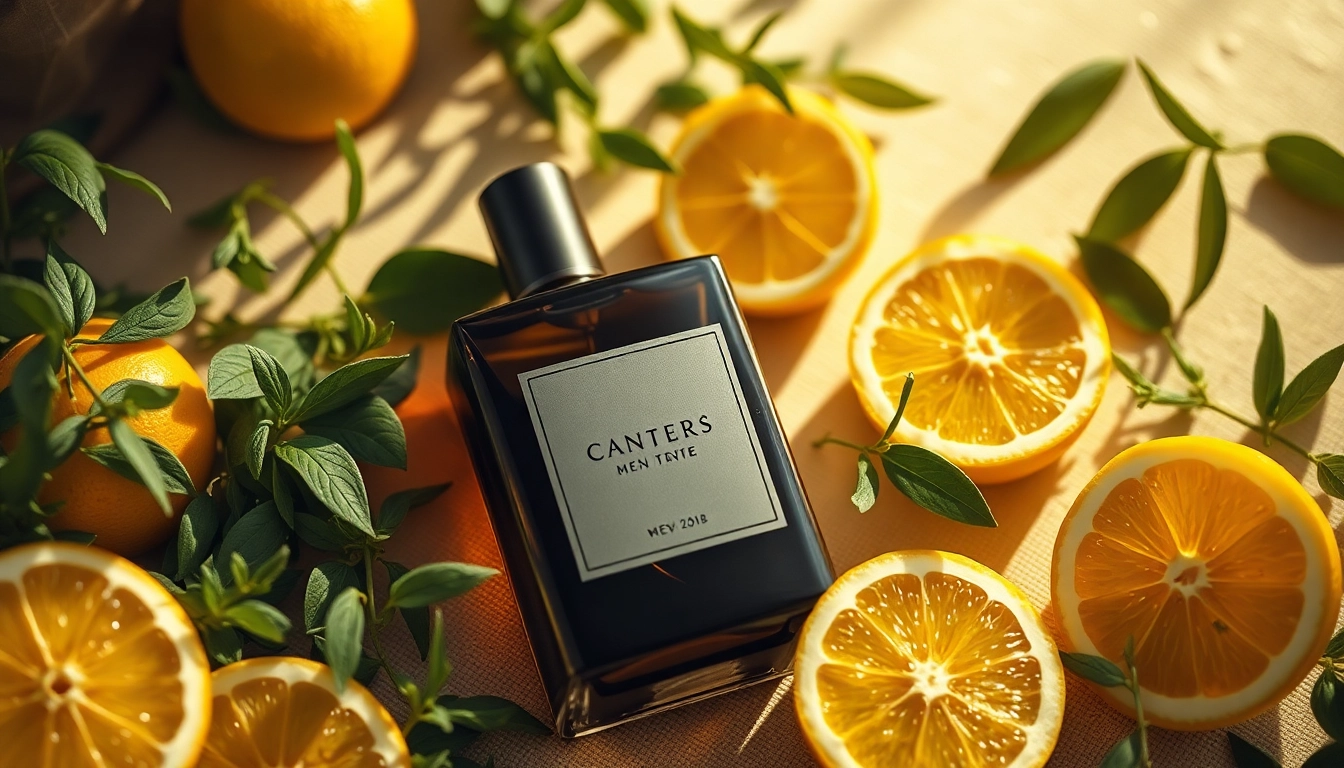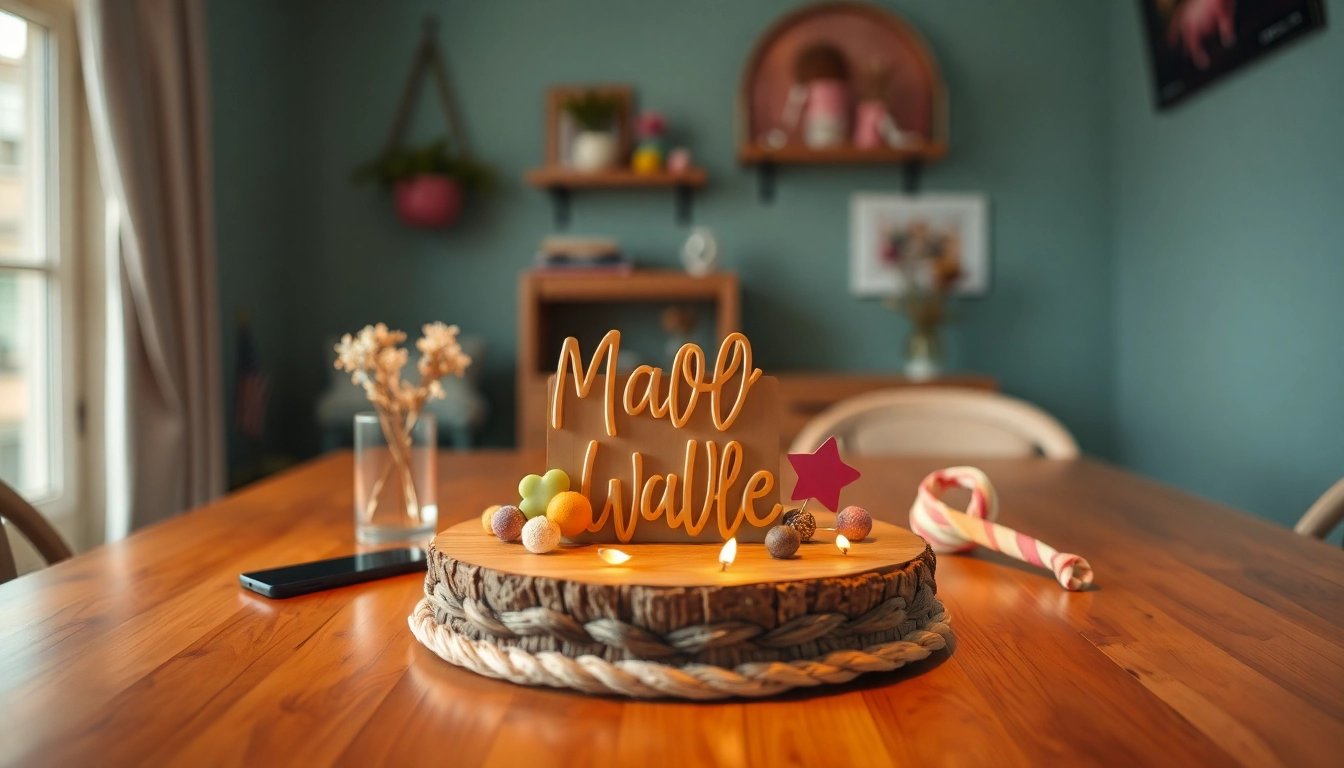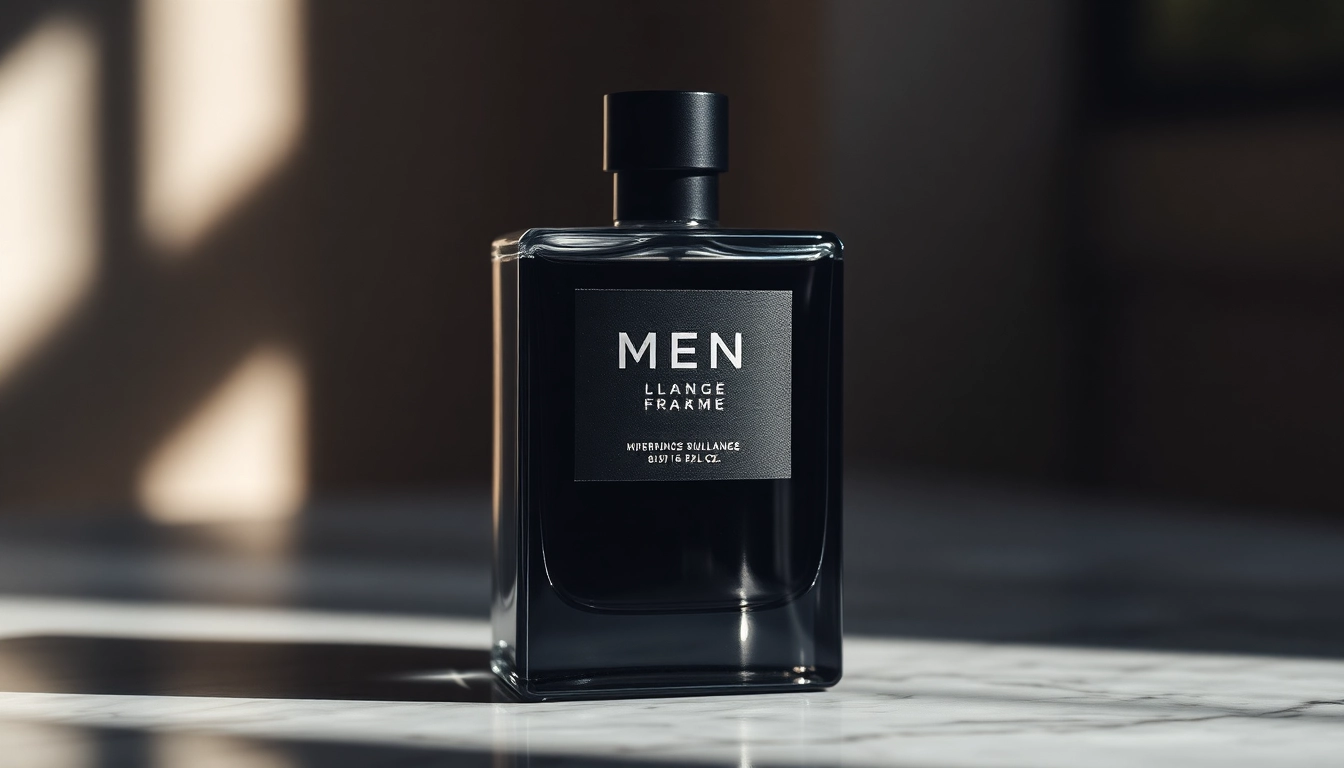Understanding Men’s Fragrance Types
Eau de Toilette vs. Eau de Parfum
When delving into the world of men’s fragrance, one of the primary distinctions lies between Eau de Toilette and Eau de Parfum. This differentiation is pivotal for anyone looking to make an informed choice in their fragrance selection.
Eau de Toilette (EDT) generally contains a concentration of fragrance oils that ranges from 5% to 15%. This lighter concentration makes it a popular choice for daytime wear or warmer climates, where a more subdued scent is often preferable. Commonly, EDTs project a burst of fresh, vibrant top notes, but may fade relatively quickly, typically lasting around 3 to 5 hours.
On the other hand, Eau de Parfum (EDP) has a higher fragrance concentration of 15% to 20%, allowing it to offer a more robust and longer-lasting aroma—usually around 4 to 8 hours or more. This makes EDPs a great option for evening wear or special occasions when a more commanding scent presence is desired. In light of these differences, your choice between EDT and EDP will largely depend on your personal scent preferences and the contexts in which you intend to wear your fragrance.
Fresh, Woody, and Spicy: Scent Families Explained
Understanding scent families is essential for selecting the right fragrance. Fragrances can be categorized into several key families, with the most prominent being fresh, woody, and spicy.
Fresh fragrances often include citrus and aquatic notes, making them ideal for everyday wear. Fragrances like lemon, bergamot, and mandarin provide a zesty aroma that can invigorate and energize the senses, perfect for casual or athletic settings.
Woody fragrances, characterized by base notes such as cedarwood and sandalwood, evoke earthy and natural vibes. These scents often deliver a sense of warmth and sophistication, making them suitable for formal occasions or evening events.
Spicy fragrances introduce a level of intrigue with notes such as cinnamon, pepper, and nutmeg. These scents can add an exotic element to your personal fragrance palate, making them excellent choices for colder months or more intimate gatherings.
Choosing the Right Fragrance for Different Events
When it comes to selecting the right fragrance for different occasions, it’s essential to consider not only the type of event but also the impression you wish to leave. For casual outings, a light, fresh fragrance can signify approachability, while a deeper, woody scent might convey confidence and sophistication during formal or romantic gatherings.
In professional environments, a balanced, understated scent is advisable—something not overpowering yet subtle enough to be noticeable. Consider opting for an Eau de Toilette with fresh notes that can provide lasting freshness throughout the day without overwhelming your colleagues.
In contrast, nightlife events are ideal for more intense fragrances. Consider wearing an Eau de Parfum with a rich base of woody or spicy notes that can linger and make a statement throughout the night, ensuring you leave a memorable mark.
Your Guide to Choosing a Men’s Fragrance
How to Test Fragrances Effectively
Choosing a fragrance is a highly personal experience that requires thoughtful testing. To effectively sample a fragrance, begin by visiting a store where you can experience scents firsthand. Start by selecting a few fragrances that intrigue you, and use tester strips to get a preliminary idea of their scents. After identifying a few that resonate, spray them directly onto your skin. This is crucial since body chemistry can significantly alter how a fragrance smells.
Allow the fragrance to develop over time; the initial application will present the top notes, but the heart and base notes will unveil themselves after several hours. It’s advised to limit the number of fragrances sampled in one session; 2-3 is usually a suitable range to prevent olfactory fatigue, where the senses become overwhelmed and unable to differentiate between scents.
Identifying Your Personal Style
Your personal style plays a pivotal role in fragrance selection. To align your scent with your personal aesthetic, consider the image you wish to project. Are you rugged and adventurous, or sophisticated and polished? Your fragrance should resonate with your lifestyle and preferences.
Take note of how you dress and the activities you enjoy; your fragrance will be an extension of these facets. For instance, if you tend towards a casual style, opt for fresher scents that mirror your laid-back demeanor. Conversely, if your wardrobe leans more towards formal attire, aromatic profiles with rich, deep notes may complement your overall look better.
Common Mistakes in Fragrance Selection
When it comes to selecting a fragrance, many people fall into a few common traps that can lead to disappointment. One such mistake is purchasing a fragrance solely based on its popularity or brand name without considering individual preferences. What smells incredible on someone else may not work for you.
Another common pitfall is neglecting to test a fragrance over time. Fragrance can shift and evolve; hence, ensuring you wear it for several hours before making a decision is crucial. Lastly, buying based on a single sniff on a paper tester can be misleading; always invest time in sampling scents on your skin, evaluating how they evolve with your chemistry.
Caring for Your Fragrance
Storing Fragrances Properly
Proper fragrance storage is fundamental to maintaining a scent’s integrity and longevity. Fragrances should be kept in a cool, dark place, away from direct sunlight and humidity, as these elements can degrade essential oils and alter the scent. Ideally, store your fragrances in their original box or a closed drawer to shield them from light and temperature fluctuations.
It is also advisable to keep the bottles upright to prevent the risk of the liquid leaking or the cork or cap losing its integrity over time. By adhering to these storage best practices, you can prolong the life of your fragrances, ensuring they remain fresh and vibrant.
How to Make Your Scent Last Longer
Making a fragrance last throughout the day can be a challenge, but with the right application techniques, it is achievable. One effective method is applying fragrance after showering when your skin is still slightly moist. This allows the scent to adhere better and last longer. Focus on pulse points such as the wrists, neck, and behind the ears, where body heat will naturally amplify the fragrance.
Consider layering your fragrance with matching scented body products, such as lotions or shower gels. This not only enhances the fragrance profile but also creates a more lasting impression. Also, refrain from rubbing your wrists together after applying; this can break down the fragrance molecules and make the scent fade faster.
Decoding Fragrance Notes and Their Importance
Fragrances are composed of various notes, which can be categorized into three main types: top notes, heart notes, and base notes. Understanding these notes helps to appreciate how a fragrance evolves over time and why certain fragrances may appeal to you more than others.
Top notes are the first scents you perceive when applying a fragrance, typically light and volatile, lasting from 5-15 minutes. Common top notes include citrus and herbal scents. Following the top notes, heart notes emerge as the scent settles—these can range from floral to spicy and form the core of the fragrance. Finally, base notes are the heavier, more enduring elements that develop as the fragrance dries down, lasting several hours and contributing to the lingering scent. Familiarizing yourself with these layers will enhance your ability to select fragrances that align with your preferences.
Latest Trends in Men’s Fragrance
Eco-Friendly and Sustainable Options
In recent years, the fragrance industry has increasingly shifted towards sustainability and eco-friendliness. Many brands are now prioritizing the use of natural ingredients and responsibly sourced materials, making it easier for consumers to make environmentally conscious choices.
In addition to sustainable sourcing, packaging innovations are also on the rise. Many brands are now offering refills and using recyclable materials in their packaging, contributing to reducing waste. As awareness of environmental issues grows, eco-friendly fragrances resonate more with consumers who wish to align their personal choices with their values.
Gourmand Fragrances on the Rise
Gourmand fragrances, those that evoke edible scents such as vanilla, caramel, and spices, are increasingly popular among men. This trend combines comfort and nostalgia, making these scents enjoyable and universally appealing. Brands are utilizing such scents in innovative ways, blending them with traditional notes like cedarwood or leather to create complex profiles.
Gourmand fragrances are typically rich and warm, making them particularly popular in fall and winter. As they evoke fond memories of favorite foods, their rising popularity illustrates how scent can tap into emotional experiences.
Seasonal Picks: What to Wear When
Understanding how seasonal changes affect fragrance choice can enhance your overall scent experience. In spring, fresh, floral, and green fragrances reflect the vibrant blossoming nature around us. Consider light, citric scents or those that meld with aquatic notes for a refreshing feel.
As summer approaches, fragrances with fruity and tropical notes become increasingly popular. Scents featuring coconut, lime, or fruity blends offer a sense of lightness that is perfect for hot weather.
In autumn, warmer fragrances with spicy and woody elements come into play—think cinnamon, patchouli, or dry woods. Finally, winter calls for deeper, muskier fragrances that provide warmth and can evoke feelings of comfort amidst the cold. Choosing the right fragrance for each season not only enhances your personal style but also reflects your connection to the environment around you.
Building a Personal Fragrance Wardrobe
Layering Scents: The Art of Combination
Layering fragrances can create a unique signature scent tailored to your preferences. The key to successful layering is to combine scents that complement rather than overpower one another. For instance, pairing a light, citrus fragrance with a deeper, woodsy scent can yield a balanced aroma that evolves beautifully throughout the day.
Start with a base fragrance that you love, and then consider adding supplementary scents that enhance or contrast with it. Testing combinations on skin is essential to determine how they interact with your body chemistry. Additionally, explore layering scented body lotions or oils with your fragrances to create further depth and nuance.
Fragrances for Day vs. Night
The distinction between day and night fragrances is significant. During the day, opt for fresher, more understated aromas that will be a subtle enhancement to your presence—this can include citrusy or green notes that offer a refined touch without overwhelming the senses.
By night, you can embrace bolder fragrances that make a statement. Heavier scents with rich notes like leather, amber, or gourmand elements can enhance the mood of evening events, allowing your scent to leave a lasting impression. Understanding these distinctions aids in curating a versatile fragrance wardrobe that suits various occasions.
Investing in Signature Scents
Finding a signature scent can be a transformative experience, as it becomes a key element of one’s personal style. An ideal signature fragrance resonates with your personality, complements your lifestyle, and translates into a recognizable, lasting statement. Invest time in identifying this scent, since it can evoke memories, enhance confidence, and become associated with your unique presence.
When considering the investment, it’s wise to choose a fragrance that offers versatility. A well-rounded scent can transition seamlessly from day to night and across different occasions. Building a collection with a signature scent at its core enables you to explore various layers of your identity while establishing a recognizable olfactory presence.


